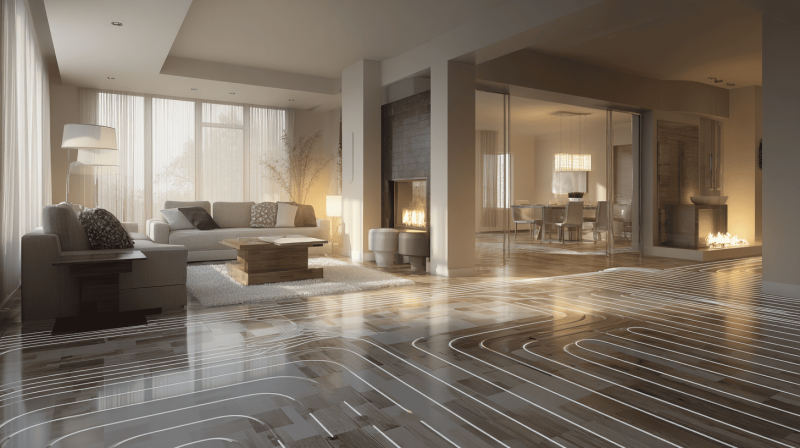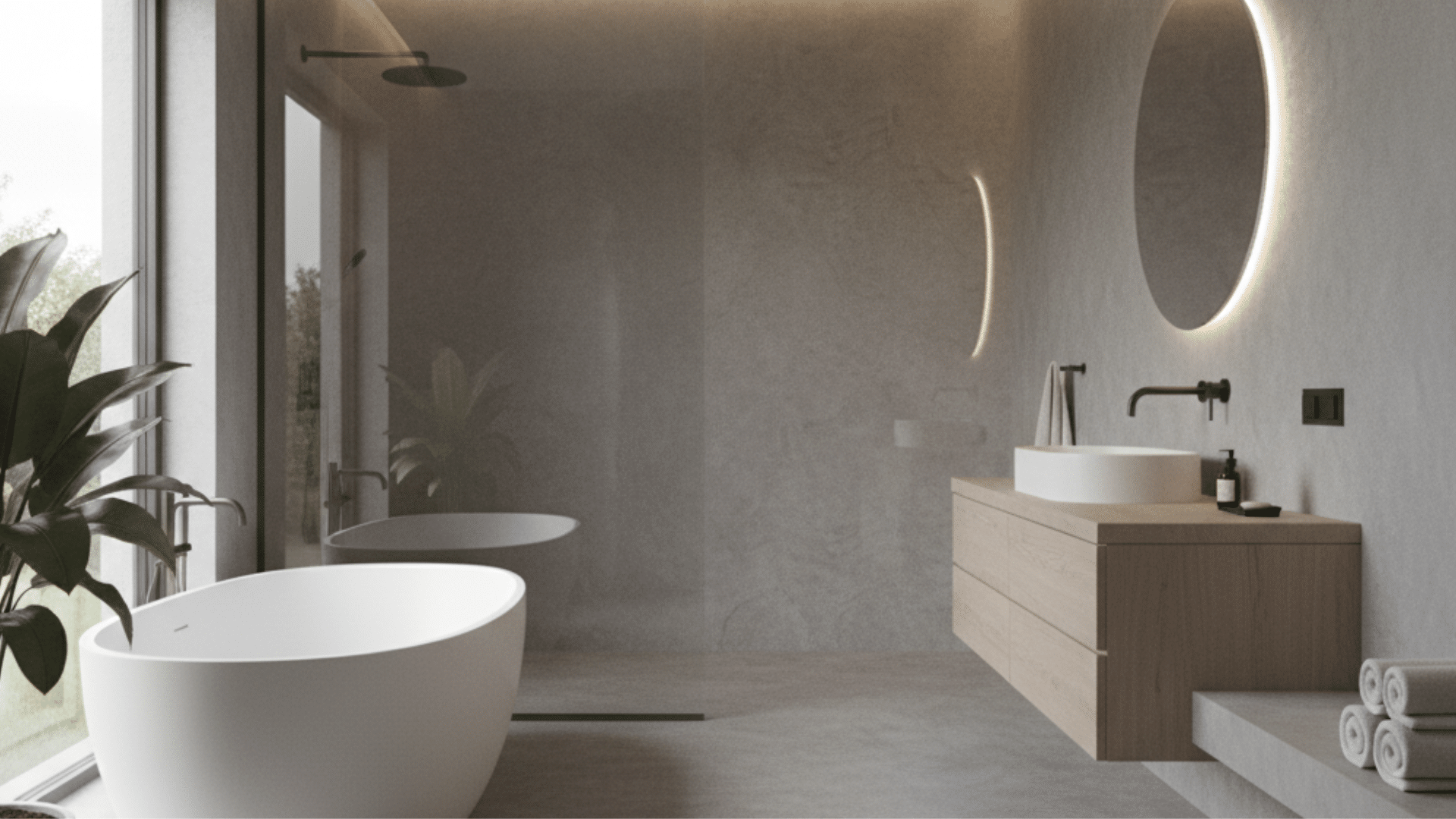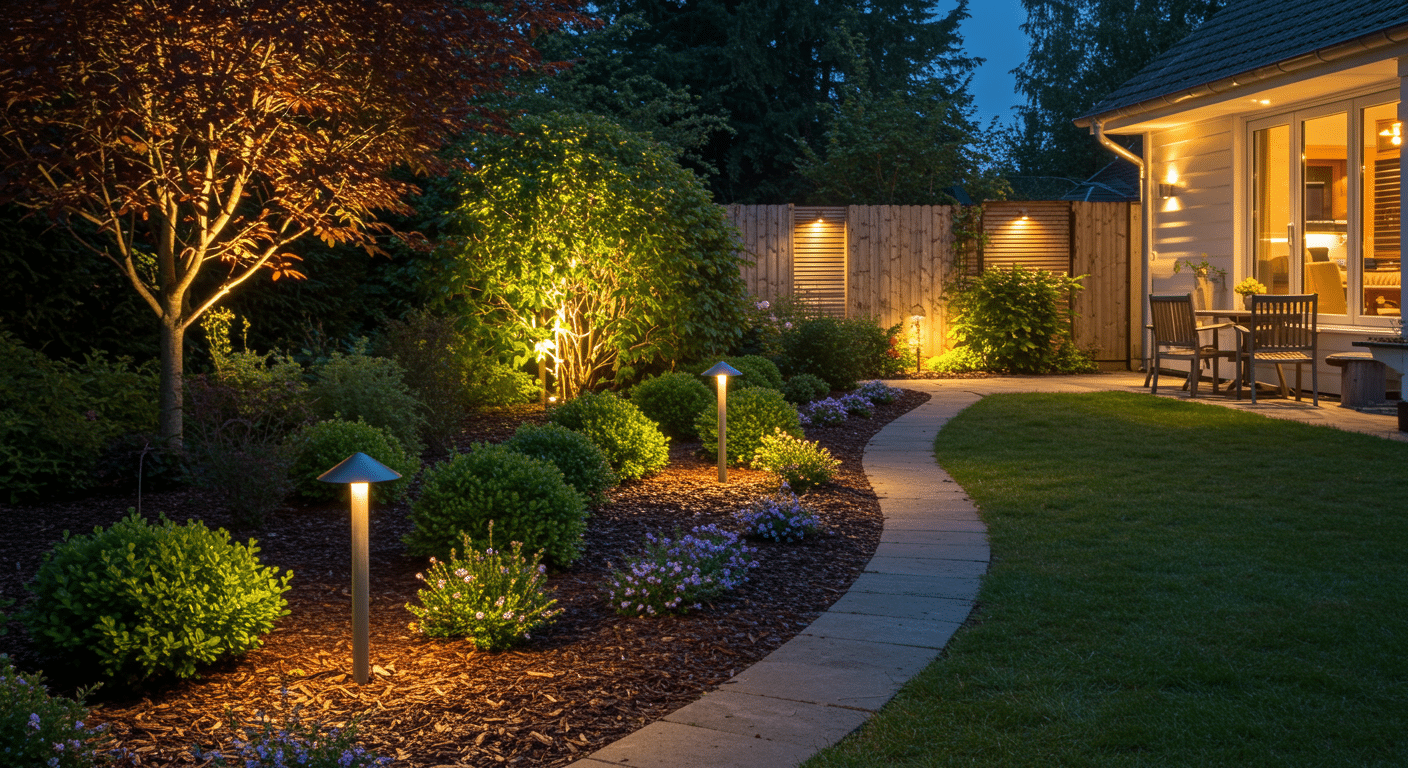Ever walked barefoot across a warm tile floor and wondered what kind of magic made that happen?
That’s radiant heating, an increasingly popular system that brings heat from the ground up. It’s quiet, efficient, and feels amazing on cold mornings.
This blog answers a key question: What is radiant heating, and should you install it?
We’ll look into the system types, benefits, and yes, cover the real disadvantages of radiant floor heating too. If you’re thinking about upgrading your home’s heating, read on before you commit.
Understanding Radiant Heating Systems
Radiant heating systems deliver heat directly through floors, walls, or ceilings rather than pushing warm air through vents.
There are two main types:
- Hydronic systems: Use warm water circulated through plastic tubing under the floor. Best for large areas and long-term use.
- Electric systems: Rely on heating cables or mats under the surface. Ideal for smaller rooms or selective zone heating.
Both work well with materials like tile, stone, or concrete. They’re less effective with thick carpets or hardwood flooring, which can block heat.
Top Advantages of Radiant Heating
Before diving into drawbacks, here’s what makes radiant heat appealing:
- Even and consistent warmth that radiates from the floor upward for total room comfort
- Silent operation with no fans, vents, or mechanical noise
- Improved air quality since it doesn’t circulate dust, allergens, or pet dander
- Energy efficiency, when used with proper insulation or smart thermostats
- Low maintenance with no filters or ducts to clean regularly
- Great for tiled and concrete floors, where traditional heating may struggle to keep up
These features make radiant heating especially attractive for allergy sufferers, minimalists, or eco-conscious homeowners.
Disadvantages of Radiant Floor Heating You Should Know
Even great systems come with downsides. Here’s what to weigh:
1. High Installation Costs, Especially for Retrofits
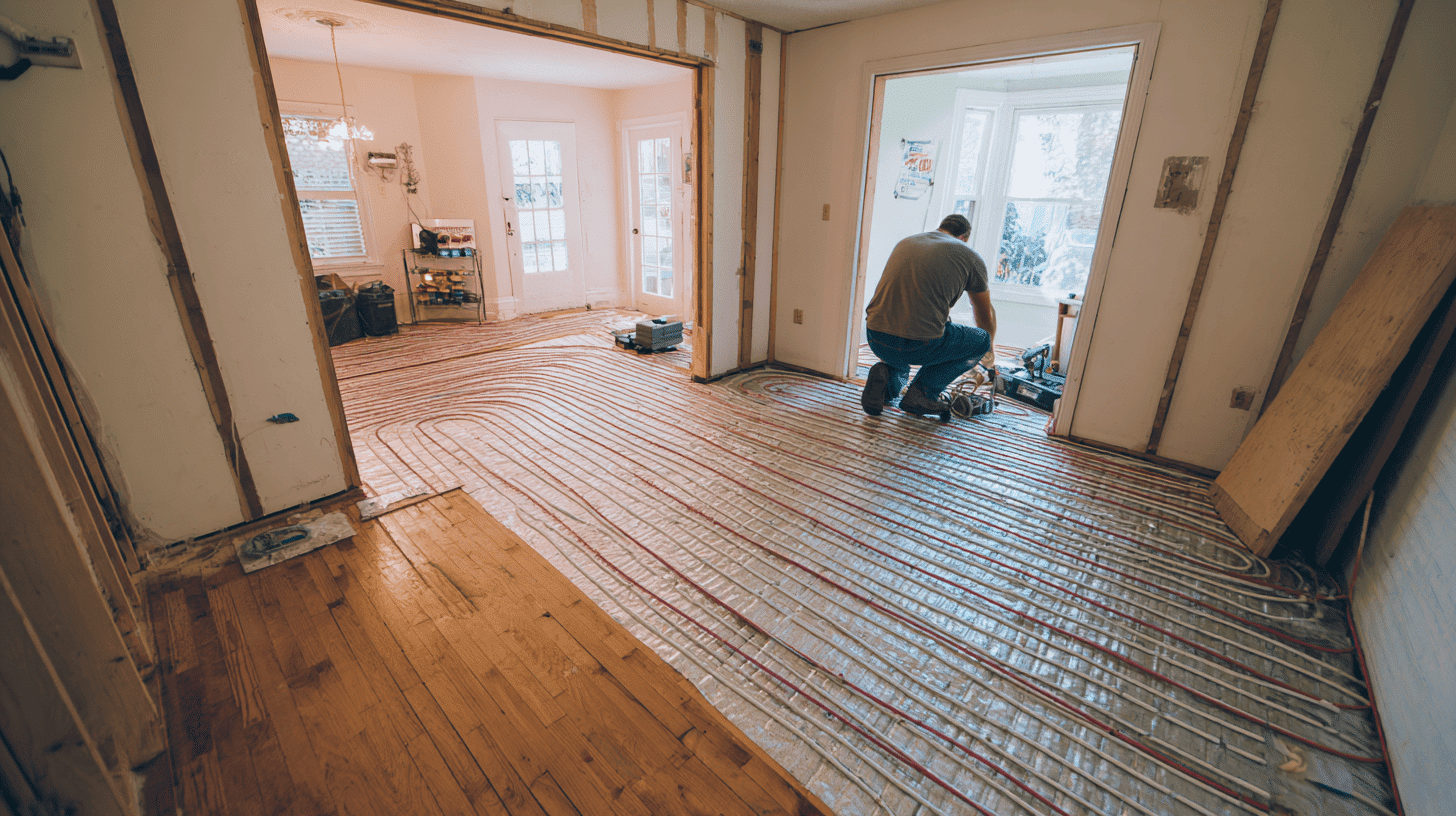
Retrofitting radiant floor heating in an existing home can be expensive. It often requires tearing up existing flooring, which adds labor and material costs.
On top of that, you may need to update plumbing or electrical systems to accommodate the new setup. These combined expenses make retrofits quite pricier than installing radiant heat in new construction.
2. Slow Heat-Up Time and Poor Responsiveness

Radiant floor heating systems are known for comfort, but they aren’t quick to respond. They warm spaces gradually by heating the floor mass, which takes time.
If you’re looking for fast temperature changes or quick heat boosts, radiant floors may feel too slow. They work best for maintaining steady, all-day warmth rather than providing immediate heating on demand.
3. Repair Complexity and Hidden Damage Risk
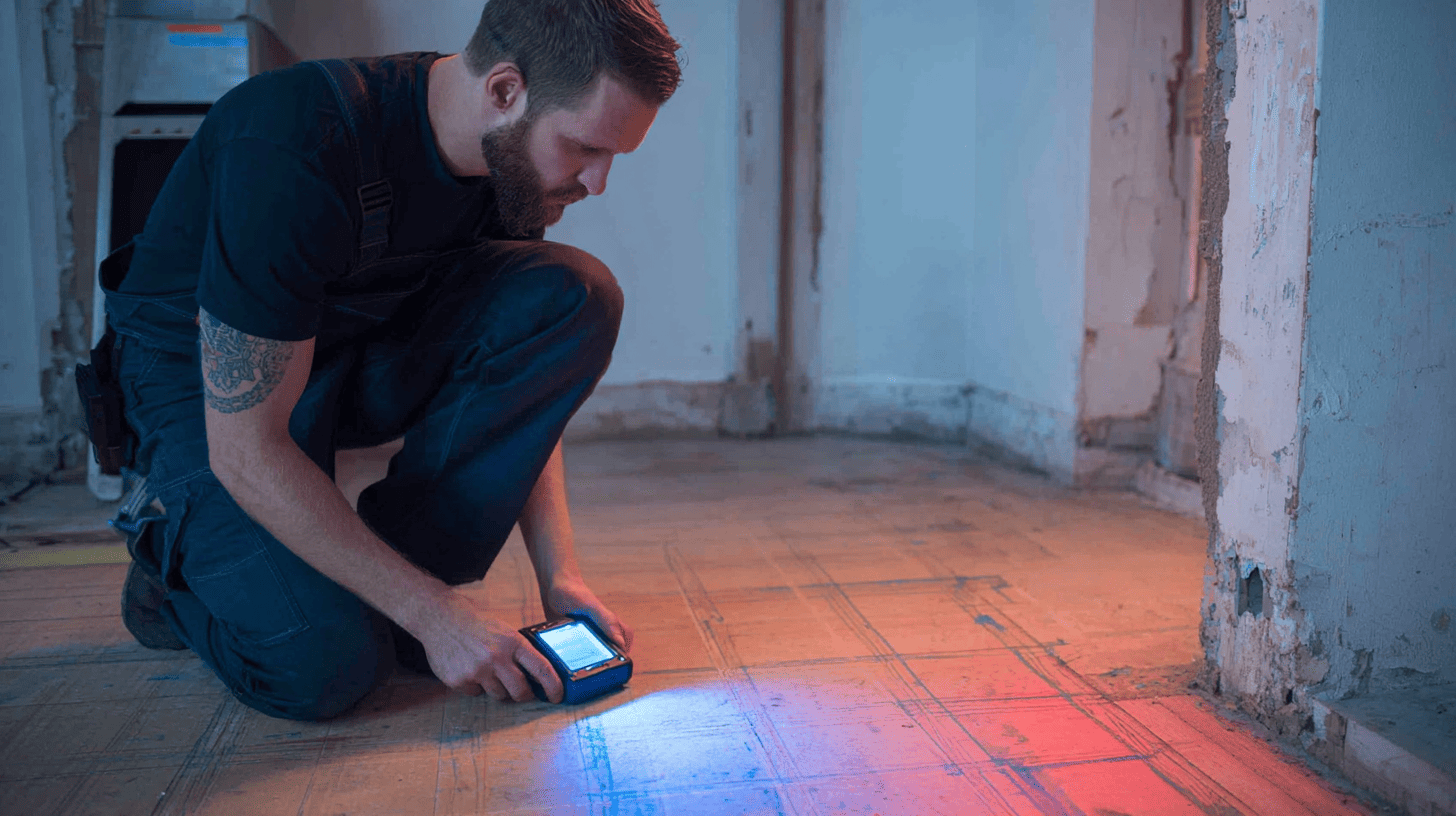
Radiant floor heating systems can be tricky to repair if issues arise. Since the components are buried beneath the flooring, locating and fixing problems often means removing sections of the floor. This process can be time-consuming, costly, and disruptive.
Hidden leaks or malfunctions may go unnoticed at first, making timely repairs even more challenging compared to above-floor heating systems.
4. Flooring Compatibility Constraints
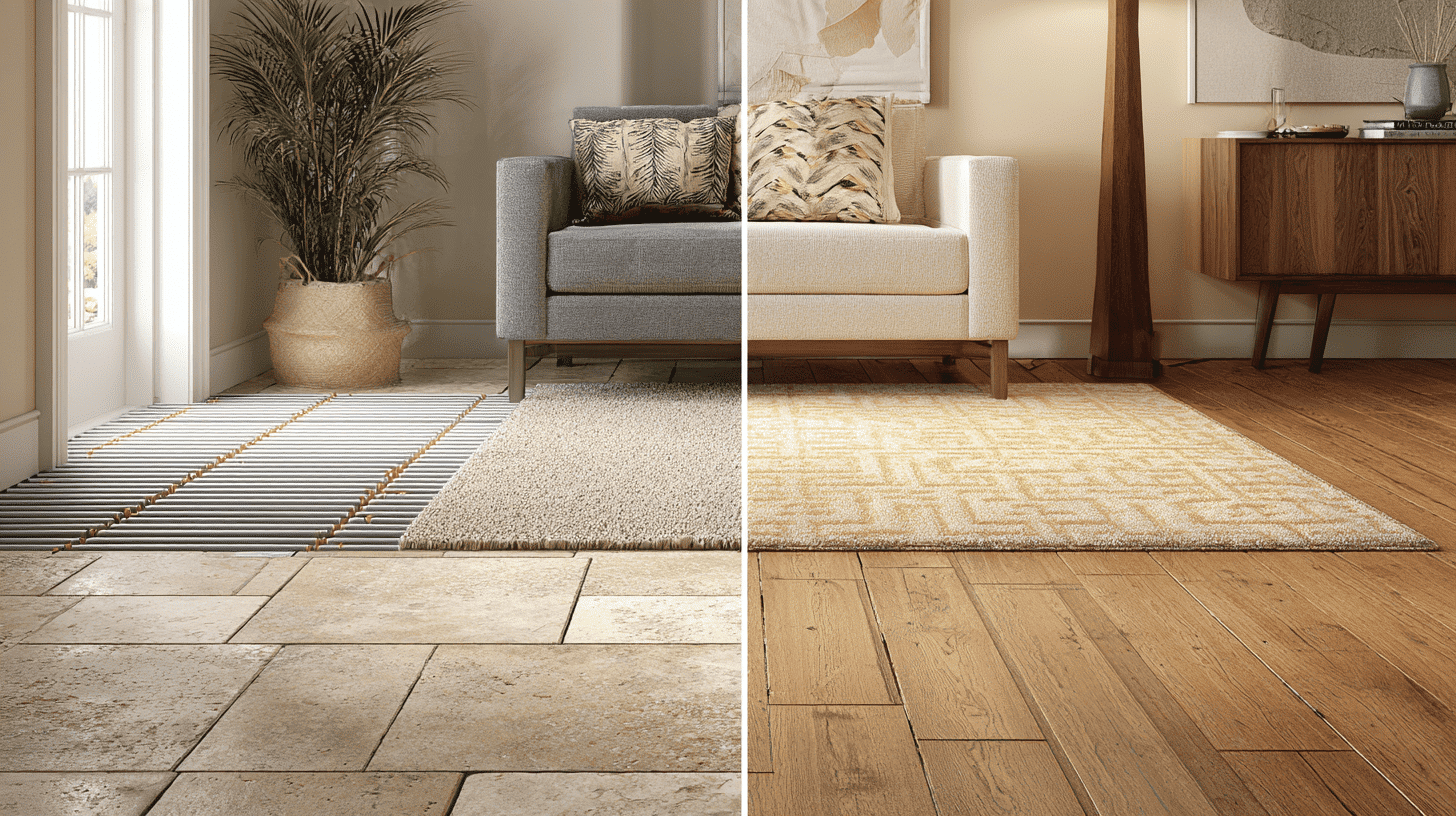
Not all flooring materials pair well with radiant heat. Thick carpet and dense vinyl can insulate too much, reducing efficiency. Natural hardwood may expand or warp over time with heat exposure.
Radiant floor systems perform best under tile, stone, or engineered wood, which conduct heat effectively and resist damage. Choosing the wrong flooring can limit performance or cause long-term issues.
5. Higher Operational Costs
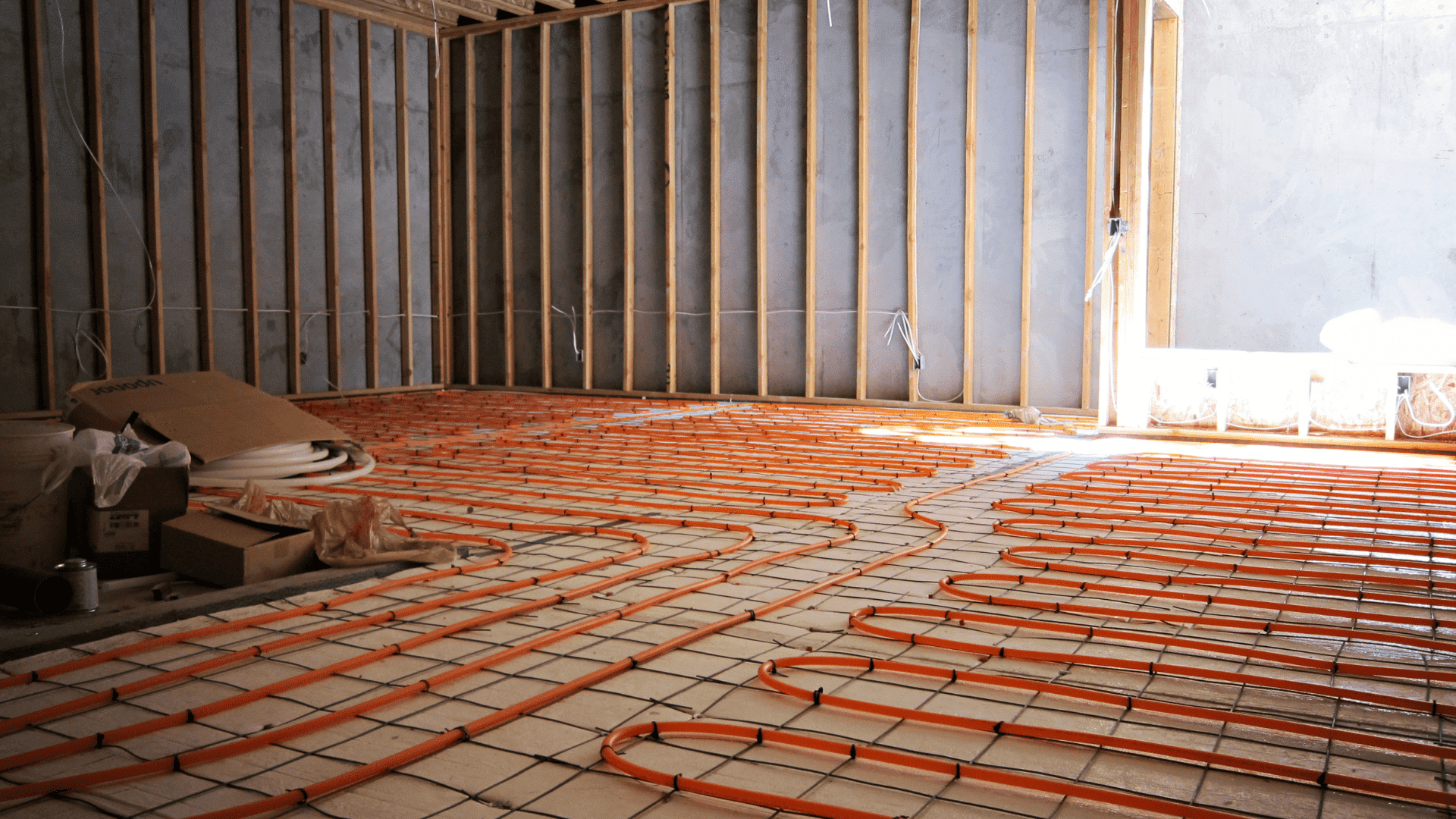
Electric radiant floor heating systems can be more expensive to operate, especially in larger spaces or when run continuously. They draw substantial power, which can impact your energy bill if not carefully managed.
Hydronic systems, which use heated water, are generally more efficient for whole-home use but come with higher upfront installation costs. Choosing the right system depends on your usage patterns and long-term energy goals.
6. Uneven Temperature Distribution in Some Layouts
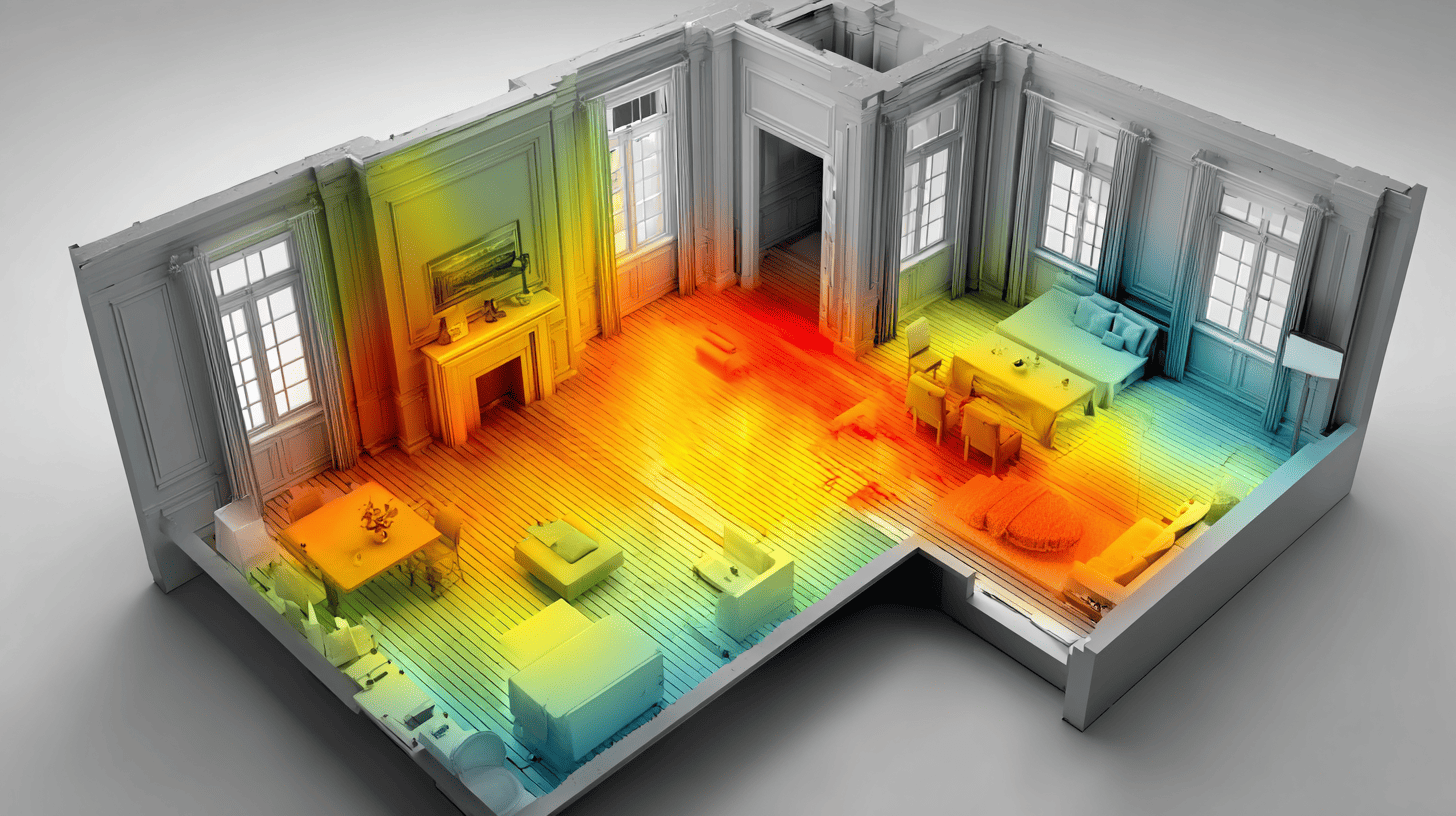
Radiant floor heating can struggle with even temperature distribution in certain layouts. Rooms with poor insulation, large windows, or irregular shapes may experience hot and cold spots.
Heat tends to escape near exterior walls, especially if the space isn’t well-sealed. This can lead to inconsistent warmth, making the system less effective in some areas unless the layout and insulation are optimized.
7. Extended Planning, Installation Time & Disruption
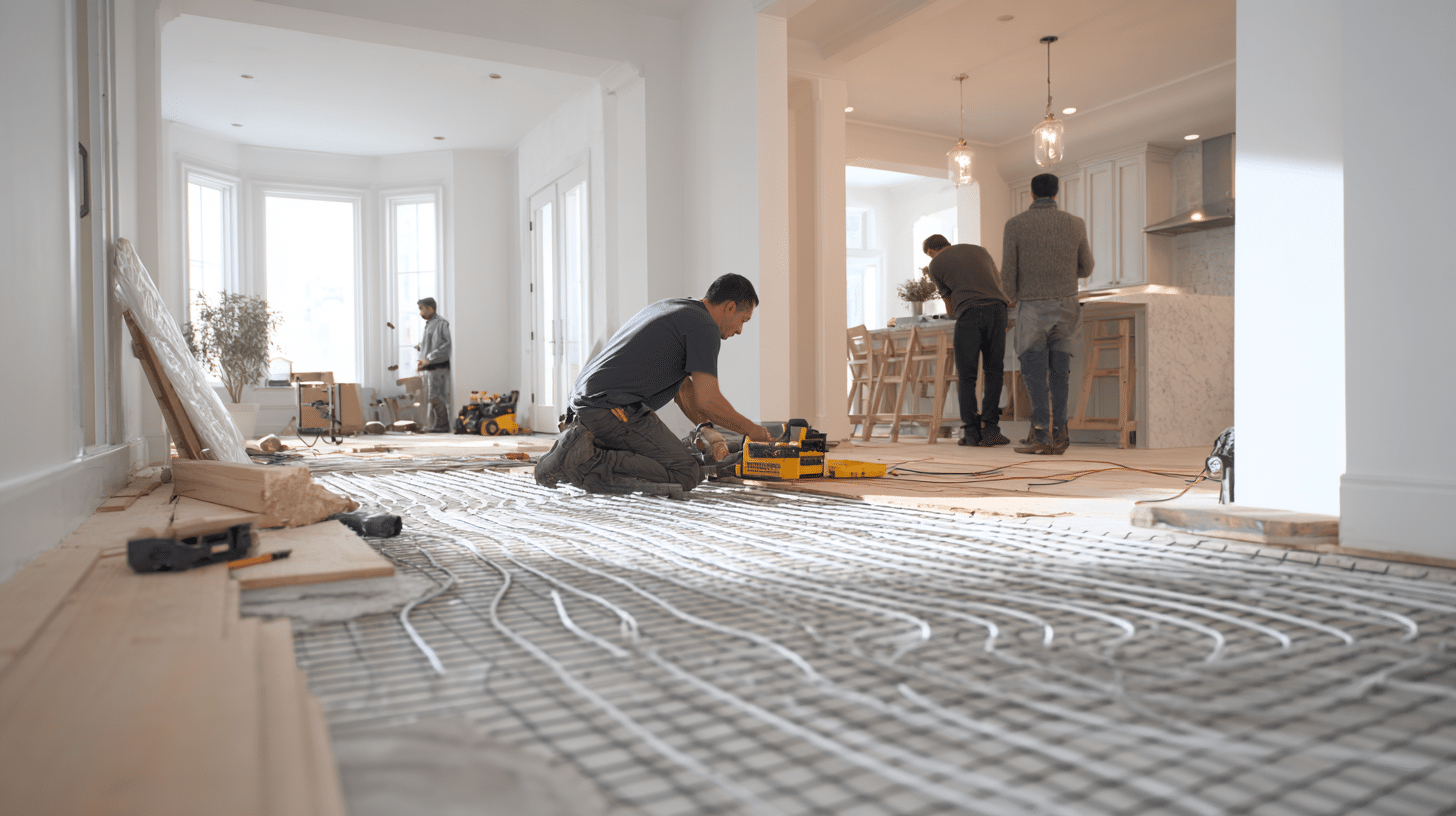
Installing radiant floor heating takes careful planning and time. It often involves coordination between flooring installers, plumbers, and electricians, which can extend the project timeline.
This makes it less practical for quick remodels or small updates.
The process can also be disruptive, especially in lived-in homes, as floors may need to be removed and replaced. It’s best suited for major renovations or new construction projects.
Comparing Radiant vs Traditional Heating Options
Trying to decide between radiant floor heating and a traditional forced-air system? Each has distinct advantages depending on your home, budget, and comfort preferences.
| Feature | Radiant Floor Heating | Traditional Forced-Air Heating |
|---|---|---|
| Heat Delivery | Warmth rises from the floor, evenly distributed | Hot air is blown through vents |
| Comfort Level | Feels natural, no drafts or cold spots | Can feel uneven, with hot/cold areas |
| Noise | Silent operation | Fan and duct noise are common |
| Air Quality | No dust or allergens circulated | Includes air filtration, may stir up dust |
| Response Time | Slower to heat up | Heats rooms quickly |
| Maintenance | Minimal but harder to access for repairs | Easier to maintain and repair |
| Installation | More complex, especially in retrofits | Easier to install with existing ductwork |
| Energy Efficiency | High with hydronic systems in the right setup | Moderate, depending on insulation and system age |
| Best Use Cases | New builds, bathrooms, whole-home upgrades | Most existing homes with ducted HVAC |
Whether you value silent, even warmth, or fast, flexible heating, understanding the pros and cons of both systems can help you make the right choice for your space and lifestyle.
Is Radiant Floor Heating Right for You?
Radiant floor heating isn’t ideal for every home or project, but in the right setup, it can offer exceptional comfort and energy efficiency.
Here’s how to tell if it’s the right fit for you.
Best suited for:
- New builds or full renovations
- Bathrooms, kitchens, or basements
- Homes with concrete or tiled flooring
Consider alternatives if:
- You need a fast installation
- You plan to use carpet or wood flooring
- Your budget is tight, or energy bills are a concern
Before deciding, consider your home’s layout, flooring type, and renovation goals. Radiant heating can be a game-changer, but only when installed in the right environment.
Wrapping it Up
So, what is radiant heating at its core? It’s a quiet, invisible comfort that starts beneath your feet, offering consistent warmth without the whoosh of air or the clunk of vents.
But like any home upgrade, it comes with trade-offs. Radiant floor systems can be expensive to install, slower to respond, and picky about the flooring you pair them with.
If you’re drawn to the idea of gentle, energy-efficient heat, radiant heating may be worth exploring. Just be sure your home is properly insulated, your timeline is flexible, and you’re ready for the upfront cost.
Talk to an HVAC expert, ask the right questions, and make sure the long-term comfort is truly right for your space.


